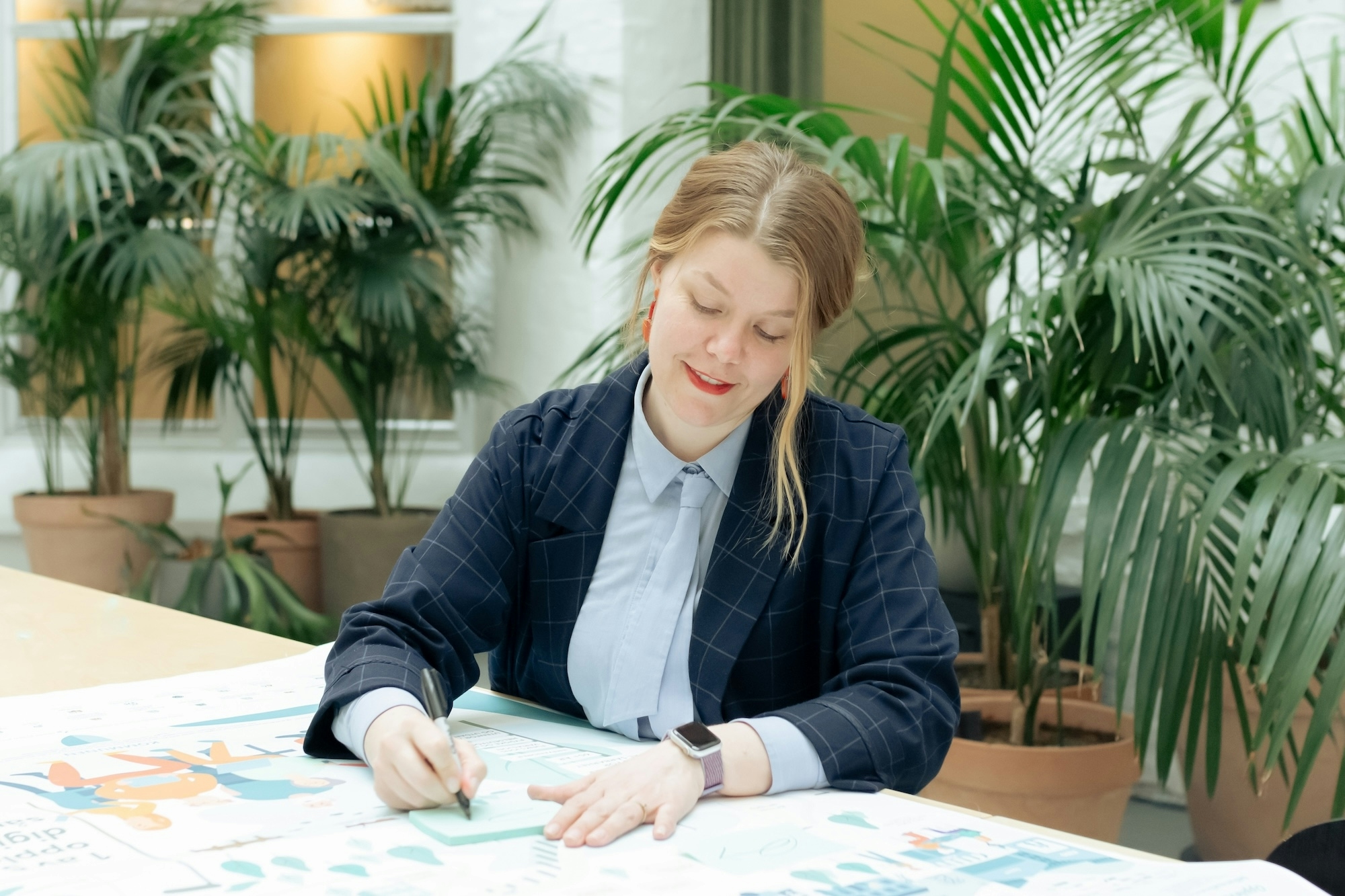Meet Cathrine – the service designer with a passion for inclusion
On digital exclusion and why accessibility is not enough


Words
Malin H. Teles
That service designers are high in empathic traits is hardly news, and Cathrine Einarsson is no exception. But not everyone carries people and projects away like she does. With her genuine interest in people and inclusion, she has an exceptional ability to see and swap between multiple perspectives.
We met with her to discuss service design, and why accessibility not necessarily means inclusion.
Share
Copied url to clipboard
Category
Our People